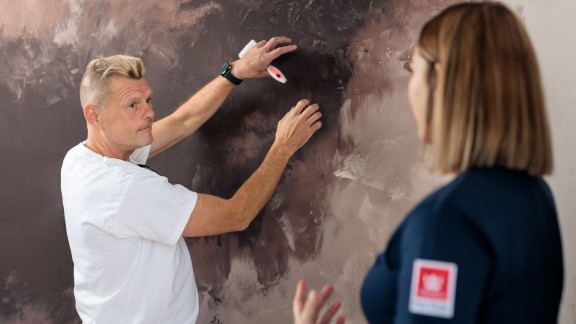How to calculate costs like a pro
Learn all about best practices and useful tips for estimating paint jobs.

You are the best expert on your business, costs, pricing and competition, but it's nice to have a little support when bidding to win a tender. Here are our best practices and useful tips for estimating paint jobs.
Know your square metres & surfaces
The most important thing in getting the price right is knowing how many square metres there is to paint. Ask the client for specific measurements or measure the area on site, if possible. Also take surface properties into account: are you painting wood or mineral, old or new? This is essential for calculating how much time and how much filler, primer and paint you'll need for the job, as consumption varies considerably on different surface textures.

Calculate material and labor costs
Once you know how many square metres and what kind of surfaces the job includes, it's time to calculate material and labor costs: how much product and how many hours of labour to do the job?
Here, you add total hours for prep work, total hours for application and total material costs. Remember to factor in variables: if you're using a paint sprayer, for instance, you'll save time on big surfaces, but you'll also have to add additional protection in material costs.
Take details and conditions into account
Often it is useful to break the job down into details. If you are estimating an interior job, for example, think of the layout and structure: are you painting one square room or a room with windows and angles, how many shades of colour do you need, how much casing and trim do you have to work with etc. It is good to pay attention to conditions as well: can you open windows to ventilate, will air humidity affect over coating times? When it comes to residential interior painting, each job is unique – paying attention to details and conditions can make a big difference in getting the price right.
Remember these:
- Exact measurements are essential to estimating costs
- Estimate the total for prep work, application and material costs
- Factoring in details and conditions help get the price right
- Value your craftsmanship and aim for a healthy profit
You’re visiting Tikkurila website from United Kingdom. Would you like to visit the local UK site?




